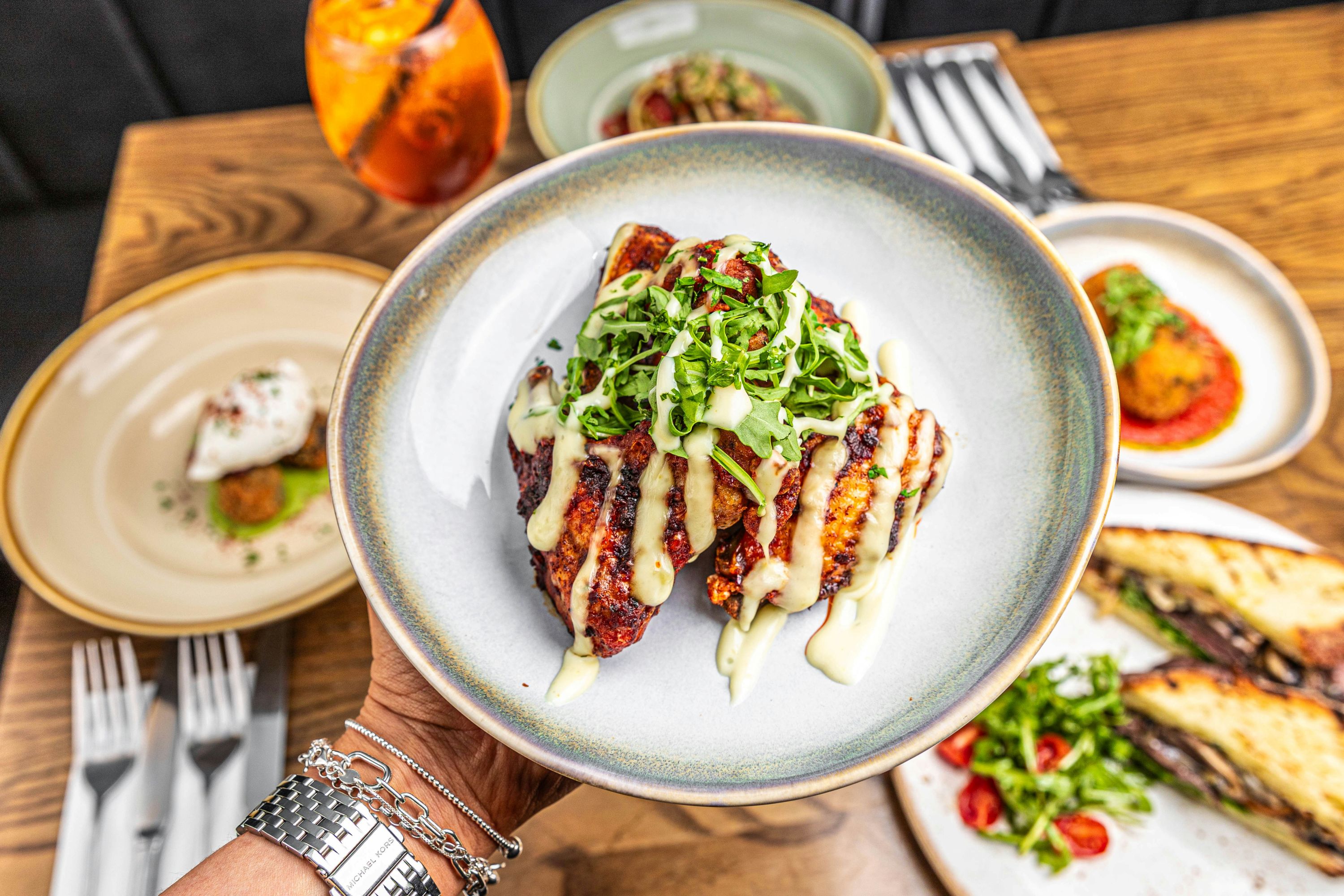Who doesn’t want to save money and reduce waste as a restaurant owner? If you're a restaurant owner or manager, you know how important it is to keep track of your inventory. Knowing how much of each ingredient you have on hand and how much you need to order can help you save money and reduce waste.
An essential part of successfully managing your inventory is calculating your par value. Don’t know how to do that? Don’t worry! We'll explain what par value is and how to calculate it for an item in your restaurant inventory.
What is par value?
Par value is the minimum amount of a product you need to have on hand to meet your customers' demand without running dry. It's the balance point between not having enough inventory to meet demand and having too much inventory that goes to waste. Par value is typically calculated for each item in your inventory individually.
Why is calculating par value important?
Knowing your par value for every item you carry can help you optimize your inventory management processes. If you have too little inventory on hand, you risk running out of items, which can lead to dissatisfied customers and lost revenue. On the other hand, if you have too much inventory, you risk waste and excess costs.
How to calculate par value
To calculate the par value for an item in your restaurant inventory, there are a few steps:
Step 1: Determine your sales volume
The first step is to determine your sales volume for the inventory item. Look at your sales data for the past few weeks or months and calculate the average number of units sold per day.
Step 2: Determine your lead time
Next, figure out how long it takes for the item to be delivered after it was ordered. This is called the lead time. You should factor in the time it takes to place the order, receive it, and restock your inventory.
Step 3: Determine your safety stock
Safety stock is the surplus inventory you keep on hand to make sure you don’t run out in case there is an unexpected increase in customer demand or a delay in delivery. To determine how much safety stock to keep, look at your sales volume per day and your typical lead time to see what makes sense for your restaurant.
Step 4: Calculate your par value
Finally, to get your par value, combine your safety stock and sales volume (Safety Stock + Sales Volume). This will give you the minimum amount of inventory you need to have on hand of that to meet your typical customer demand without running out.
Example:
Let's say you want to calculate the par value for chicken thighs. You sell an average of 50 chicken thighs per day, and it takes 1 day for the chicken to be delivered to your restaurant after you order it. You decide to keep a safety stock of 25 chicken thighs as a buffer.
Sales Volume = 50 chicken thighs/day
Lead Time = 1 day
Safety Stock = 25 chicken thighs
Par Value = Sales Volume + Safety Stock
50 chicken thighs/day + 25 chicken thighs = 75 chicken thighs
In the end, your par value for chicken thighs would be 75.*
*Keep in mind that the optimal number could change based on delivery days and other factors. Let us know if you’re interested, and we can cover advanced par value calculation next!
A proper par value is essential to healthy margins
Calculating par value for each item in your restaurant inventory can help you optimize your inventory management and reduce waste. By following this guide to calculating par value, you can determine the optimal amount of inventory you need to keep on hand to meet your customers' needs without running out or overspending on inventory.
This tool can make calculating and maintaining your par values even easier
Hospitality Innovations is a mobile and web app that will revolutionize the way you manage your inventory.
You can keep track of your stock levels in real-time. Our software even does the calculations for you, so you don't have to spend hours crunching numbers.
With better insight into what items you have in stock, you can calculate the best par value, make better purchasing decisions, and avoid over-ordering. This leads to less waste, and ultimately, bigger profits.
If you're interested in learning more, check out our website here or schedule a no-stakes demo here to go over the product!
To stay up to date about more restaurant finds, hospitality industry news, and hospitality business management insider tips, you can sign up to receive updates here.
.png)


